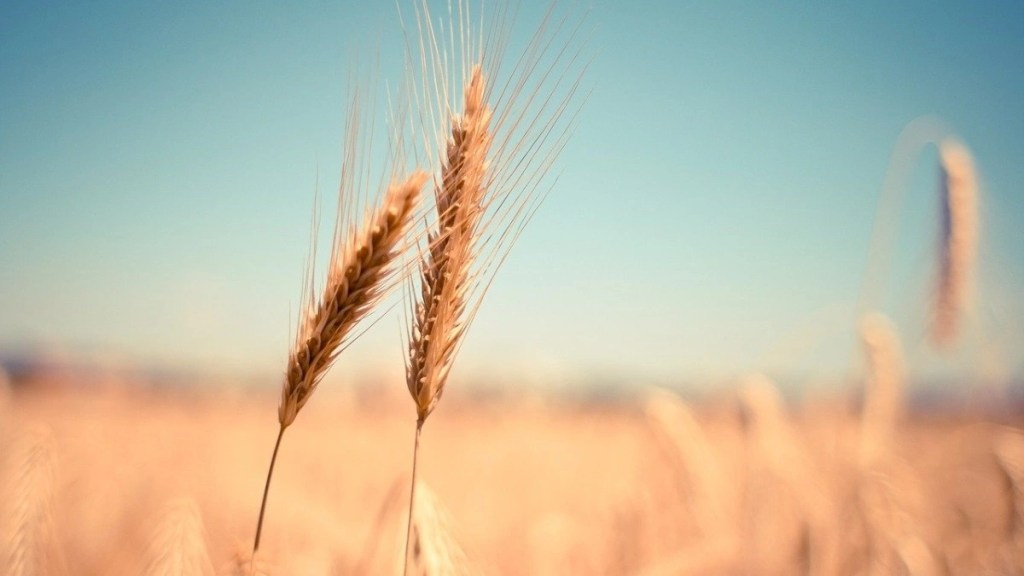The unusually dry weather conditions in the current month have raised concerns over the impact on the standing wheat crop. The temperature is expected to rise further in March, which is considered the flowering stage of the key rabi crop, private weather forecaster Skymet said on Monday.
“March is expected to be hotter than normal and persistent dry and hot weather conditions will impact adversely the rabi crops in general, and largely the yield of wheat, over the northern and central parts of the country,” GP Sharma, president, meteorology and climate change, Skymet, told FE.
Last week, Skymet had said that the top five wheat-producing states — Uttar Pradesh, Madhya Pradesh, Punjab, Haryana and Rajasthan — are witnessing an unusual spike in mercury levels during February. It further said that wheat crops at this stage require conducive weather conditions, preferably cooler than normal temperatures. Predicting that the day temperatures will be above normal in most parts of northwest and central India, the private weather forecaster said that there may be a marginal drop in day temperature in northwest India during February 22-24.
It said that an active western disturbance, accompanied by its induced cyclonic circulation, may bring showers during the last few days of this month. Meanwhile, the India Meteorological Department (IMD) on Monday predicted light rainfall over northern Punjab because of evolving western disturbance.
The Met department has said that preliminary projections for March and April currently do not indicate any sharp spike in temperature and it is predicted to be around the normal level. The department will release the temperature outlook for the upcoming month on March 1.
In its latest wheat crop advisory, Indian Institute of Wheat and Barley Research Institute (IIWBRI), a Karnal-based institute affiliated to the Indian Council for Agricultural Research (ICAR), has advised farmers to give light irrigation in the afternoon in case of a rise in temperature. Scientists and government officials, however, say that the standing crops appear robust, allaying fears of grain stocks falling to precarious levels in the mid-summer months.
An unusual increase in temperature recorded by the IMD this month has raised some concerns over possible heatwaves adversely affecting the wheat crop by damaging the kernel. For the current crop year (2022-23), the government has estimated a record wheat harvest of 112.18 million tonne (mt). The total area planted with wheat crop has risen by only 0.13 million hectare (mh) to 34.32 mh in the current crop year from the year-ago period, but the crop yields are expected to be better, according to scientists and officials.
In the 2021-22 crop year (July-June), the agriculture ministry had initially predicted wheat production at 111.32 mt, which was later revised downwards to 107.74 mt because a heatwave in March impacted the crop. The trade sources pegged the estimated output at a much lower level.
Uttar Pradesh, Punjab, Haryana, Maharashtra, Bihar, Madhya Pradesh and Rajasthan are key wheat-growing states. The crop is sown in October and November, while harvesting takes place between the end of March and May. The key rabi crops include wheat, mustard and gram (chana).

